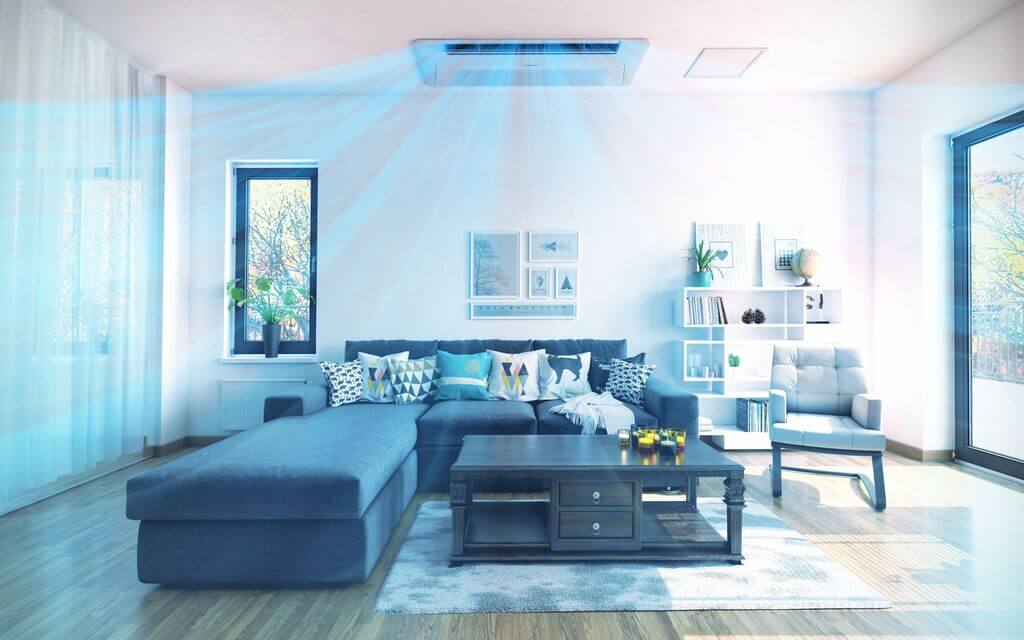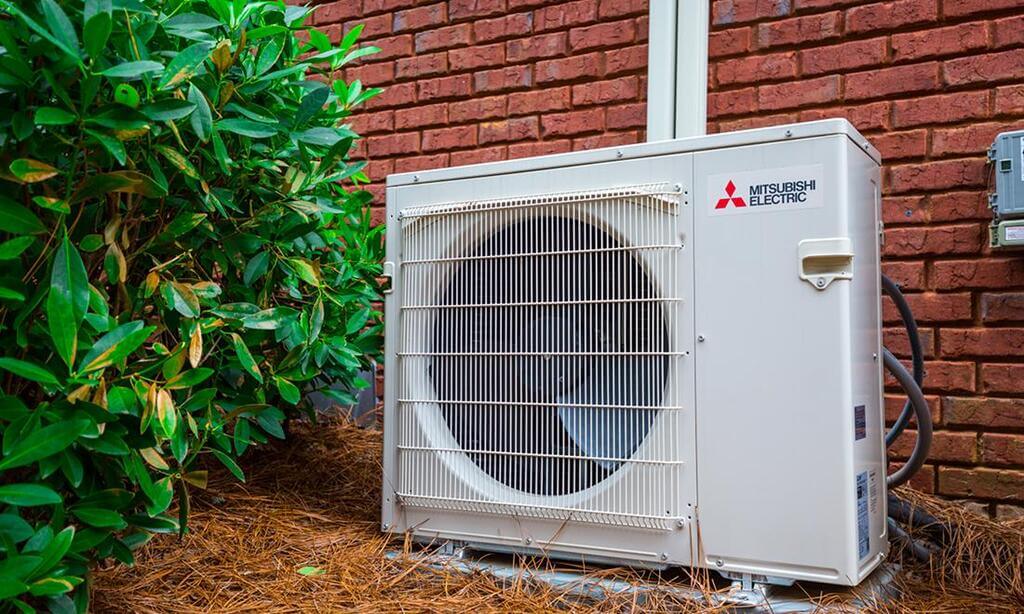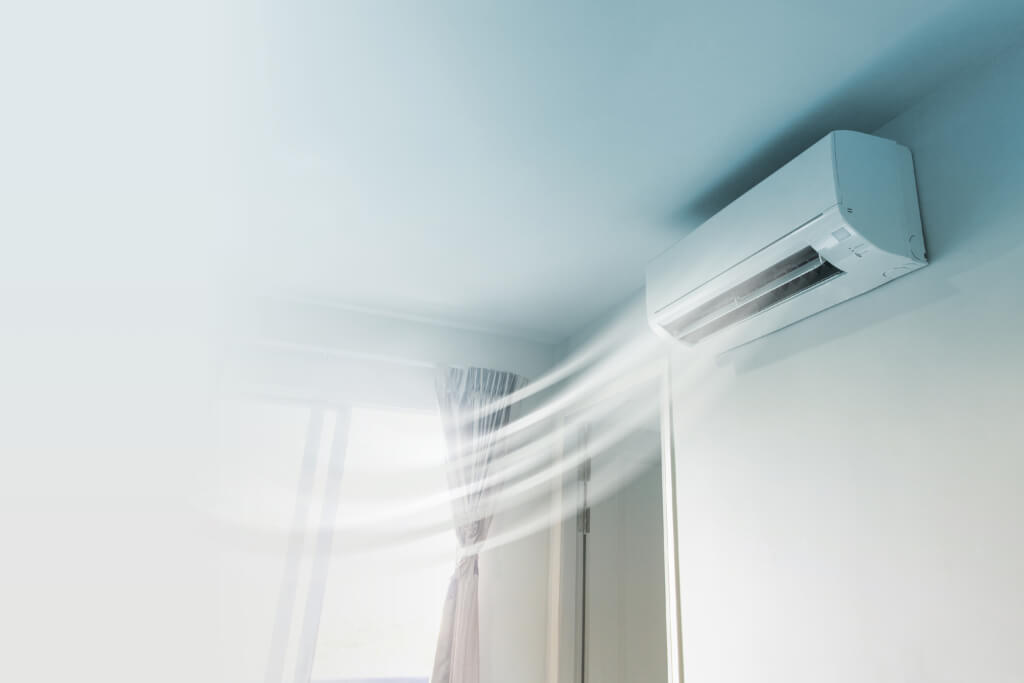Air-conditioning services have become the most popular mechanical ventilation option out there. When purchasing an aircon unit, one should try to get in touch with a service provider who can help you choose wisely the apt cooling system for your needs and budget. Usually, a good service provider will educate you about all the features of your unit and help you with choosing the right location for the most effective cooling of your space.
As the homeowner, having some sense of choosing the right location is valuable. Your knowledge of a space activity map can lead to better insights into finding the perfect spot for your aircon. If you are based in Sydney and looking to buy an aircon unit, definitely check the PSB Air Conditioning units for their hassle-free installation, maintenance, and repair services.
Here, we are going to precisely brief you on the basic functioning of an aircon and advice you to read on for 5 quick tips on deciding where to place your aircon unit.
How Does an Aircon Unit Function?

The basic functioning of an aircon involves replacing hot and humid air inside your spaces with cool air. This unwanted heat is ventured outdoors through the unit’s exterior outlet. Generally, a standard aircon has three primary mechanical components- compressor, condenser, and evaporator coil. These components work in combination with support components like refrigerant and fans to convert and compress air through a cycle until air to be circulated indoors has reached the desired temperature.
Now that you have pepped up about basic functionings, let’s help you with finding the right place to install it.
Outdoor Units

1. Place Them in Ample Ventilation
We often are very critical regarding the placement of our indoor units based on their direct aesthetic or functional appeal. However, the strategic positioning of an outdoor unit is equally important as far as effective cooling is concerned.
Our aircon compressors or what we call the outdoor units help the cooling system by sucking in the fresh air and discarding the warm air from the interiors. Having them in properly ventilated spaces shall ensure an efficient airflow that shall aid systematic cooling.
2. Avoid Passive Heat Exposure
Undue heating of outdoor units through means like direct sunlight exposure adds an unnecessary heat value to the system. This makes the aircon unit work harder to optimize the system with the required temperature values and can lead to both higher electricity bills and regular maintenance.
Therefore, a thoughtful move to get it located in a shaded zone or cover it up with a shading device like a canvas awning if finding a shaded spot isn’t feasible could save you from unforeseen maintenance and electric expenditure list.
Indoor Unit

3. Place Aircon near the Most Used Area
The cooling procedure has a simple technique i.e. to keep replacing the warm air. This heat withdrawal procedure can consume time at its own pace which would also be driven by the room size.
With the given scenario, it’s ideal to position your aircon unit right next to your seating zone or dining zone, wherever you expect to receive comfort first. While there’s a common perception that an aircon would anyway equally cool the home and therefore such positioning efficiency isn’t necessary, it’s basic science to understand how location matters.
Besides, the aircon comes with a built-in or attached cc that would cut off automatically based on sensing the minimal temperature in proximity. So, try to be logical about such dynamics when choosing your optimum aircon location.
4. Place It High Enough for Better Results
Basic convection principles rule that warm air is lighter in density and rises above. This is why the installation of aircon is preferred over lintel levels, to replace and vent off the collection of warm air with that of the desired temperature.
Besides, a higher installation allows for floor space to remain vacant and unobstructed while allowing you ample space to accommodate ducting. So, if you felt like going a little experimental with an aircon at feet level, at least now your decision is an informed one and you have only yourself to blame.
5. Place It Separately from Light Bulbs
Did you know that the heat proportion inside your room bears little contribution by your lightbulbs as well? It’s no rocket science, we are aware of how bulbs emit heat. But how does this relate to aircon cooling?
So, as discussed previously, a modern aircon comes with built-in or attached thermal sensors. The sensor drives the cycle till the acquired temperature in its proximal sensing radar matches your desired temperature input. However, constant heat detection from a nearby light installation can confuse the sensor and your aircon unit can keep running non-stop.
Now when you decide on a location for your aircon, make sure it is not near any heat-generating source.
Tipping It Off
Deciding on technical aspects can bear some efficiency risk. It’s always wise to be well informed about our devices but there’s no harm in seeking professional services. It can prove beneficial to follow their guidance given absolute know-how of device functioning with an added advantage of their service agreement if things go south.
For guidance on aircon options and maintenance, you could get expert air conditioning services, refer to Air Conditioning Sydney-based aircon installation experts.
Find out more:

